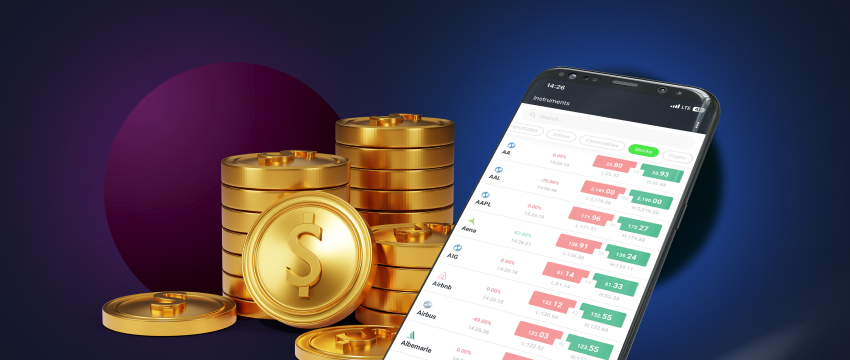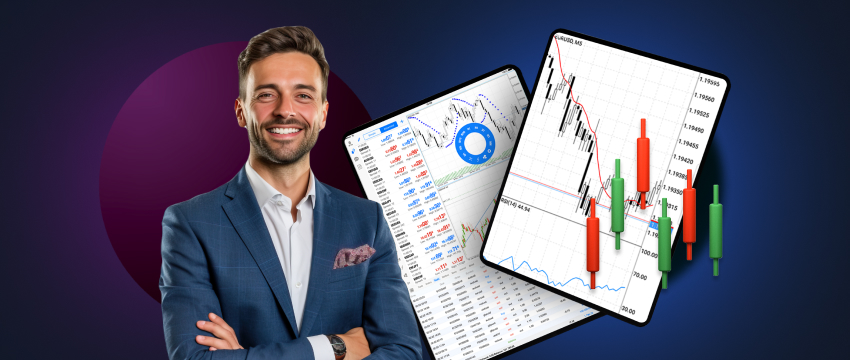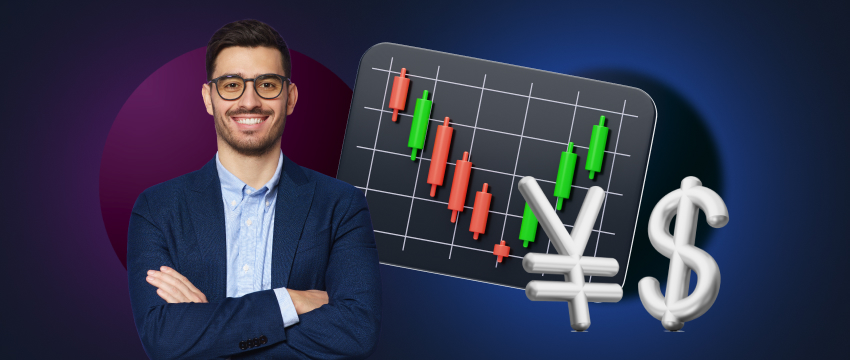Forex trading offers the opportunity to make unprecedented gains if managed effectively. This is not to say that the threat of losing all your money isn’t high, it is, significantly so. However, the potential for turning $10 into $1000 in forex exists. Let’s discuss this further.
Boosting skills and expertise
Forex trading comes with considerable challenges. The forex market is the largest financial market in the world after all, with trades being executed in virtually seconds. Having the ability to compete in such a volatile space and turn $10 into $1000 requires skills, experience, and knowledge.
This makes educating oneself on what trading forex entails pivotal to your success. For a beginner trader, this means consuming a variety of educational resources in order to gain a proper understanding of the forex basics, i.e., fundamental forex terms, concepts, etc.
It requires reading trading-related blogs or books, watching videos or listening to podcasts, as well as participating in webinars or in-person seminars to familiarise yourself with popular currency pairs, trading strategies, analysis, and more. For a more experienced trader, ongoing learning is key as well, particularly for keeping informed of new trends, technologies, etc.

Building a robust Forex trading plan
As with any goal, having an effective plan in place to achieve it is pivotal. The same stands true if your objective is to turn $10 into $1000 with trading forex. This plan should include your trading strategy to achieve your goal, the level of risk you’re willing to take on, and the time you have to commit to this endeavor.
Also, ensure you pick a สไตล์การเทรด that best suits your level of expertise and risk tolerance. Be this day trading, scalping, swing trading, position trading, etc, ensure you pick a style that you can optimally manage. As the old saying goes, look before you leap. Do your homework before jumping all in.
Practice with a demo trading account
Once you’ve built your trading plan and ascertained the style of trading (strategy), you’ll be implementing your trading strategy, and test your strategy using a demo trading account. A demo account gives you the opportunity to get a feel for the market without putting your own money at risk.
Using a simulated trading environment that mimics real-life market conditions, you can execute different trades to determine what will increase your potential for maximizing profits. Trades are made using virtual funds, ensuring your peace of mind as you gain the skills and expertise to move to live trading.
Getting a handle on forex leverage
Regardless of whether you want to turn $10 into $1000 or $100,000, knowing how to properly manage leverage is of the utmost importance. Remember, leverage is essentially borrowed funds that expose you to larger positions than what your account balance or budget would typically accommodate. However, leverage is a double-edged sword because while it can help you make large gains, it can also magnify losses – catastrophically. This is not to say that leverage can’t be a powerful tool, it can, but knowing how to manage it properly is key to mitigating the risk of losing all your money.
Adopting an effective risk management plan
A risk management strategy to safeguard your funds in the process of trying to reach maximum profitability is critical. The strategy should align with your particular trading style, budget, and level of aversion to risk. An optimal risk management plan typically integrates tools like stop-loss and take-profit orders to limit potential losses and protect your capital. But how?
- A stop-loss order automatically closes a position when a market price reaches a pre-set threshold. The order may be to buy or to sell.
- A take-profit order essentially instructs a broker to close a position once a specified profit level has been reached.
Applying technical or fundamental analysis
It doesn’t really matter how much money you’re trying to make, knowing how to apply technical or fundamental analysis is key to making informed trading decisions. Both forms of analysis allow you to better understand the market, and the factors that impact it, causing price fluctuations.
As far as การวิเคราะห์ทางเทคนิค is concerned, this includes the study of charts and economic indicators to speculate how prices will move and identify trading opportunities. Fundamental analysis on the other looks more closely at an asset’s value and the impact that economic, social, environmental, and geopolitical factors may have on that value.
Portfolio diversification and smart trading decisions
Forex trading requires patience, rather than impulsive decision making. Being too hasty may lead you to lose all your money if not handled strategically. Instead, do proper research and analysis to execute quality trades rather than trading on a whim.
Don’t overtrade in an attempt to maximize profit. Overtrading can be very problematic as it’s typically driven by emotions rather than a clear trading strategy, leading to impulsive decisions. Instead, keep to your plan, stay disciplined, and don’t get distracted by feelings of fear or greed.
Further, consider diversifying your portfolio so that you spread any potential risk. What this means is to avoid placing all your funds in one specific trade or currency pair. Rather seeks ways of identifying a range of trading opportunities so that if one falls short, you have others to fall back on.

Monitor your trading performance
In order to improve your chances of turning $10 into $1000, track your trading performance as a way of building historical data for reference. In this way, you’re able to look back on how you’ve traded, and what outcomes those trades achieved.
Ensure you keep track of all the trades you’ve executed and why they were entered or exited so that you can identify patterns, strengths, and weaknesses in your strategy. Data of this sort is incredibly valuable as it enables you to make informed tweaks to your trading plan, increasing the likelihood of success.
Choosing a reputable Forex broker
An optimal forex trading experience often comes down to one’s choice of forex broker. Coming to a decision regarding what broker you’ll go with is down to doing your homework and proper due diligence. It requires looking at reviews and testimonials online to get a more varied perspective. It is also helpful to speak with your peers, in order to get a more trusted opinion or feedback. Another way of choosing a broker is by signing up for a demo trading account with them. In this way, you’ll be able to test their platform, trading conditions, and customer support.
Key factors to consider in choosing a broker is whether they offer:
- สเปรดที่เหนือกว่า
- เลเวอเรจที่ยืดหยุ่น
- Quick and easy withdrawals and deposits
- Multiple account types to suit the needs of all types of traders
- User-friendly, feature-rich trading platform, for e.g. MetaTrader 4
- Top-tier multilingual customer support
- High-quality educational resources to help you become a better trader

In conclusion
Ultimately, turning $10 into $1000 is possible. It is however largely dependent on proper planning and strategy, learning and practice, and properly managing risk. It’s also important to remember that keeping to a budget is vital to ensure that in your attempts to make gains, you aren’t risking money you simply don’t have or money that you’ve put aside for key life events (e.g. buying a house, university education, etc.).
Remember, while การซื้อขาย is an exhilarating way of making money, the risk of experiencing massive losses is extraordinarily high. So stick to your trading plan, stay disciplined, follow the rules you’ve set for yourself, and don’t be reckless.
Disclaimer: This material is for general informational and educational purposes only and should not be considered investment advice or an investment recommendation. T4Trade is not responsible for any data provided by third parties referenced or hyperlinked in this communication.




